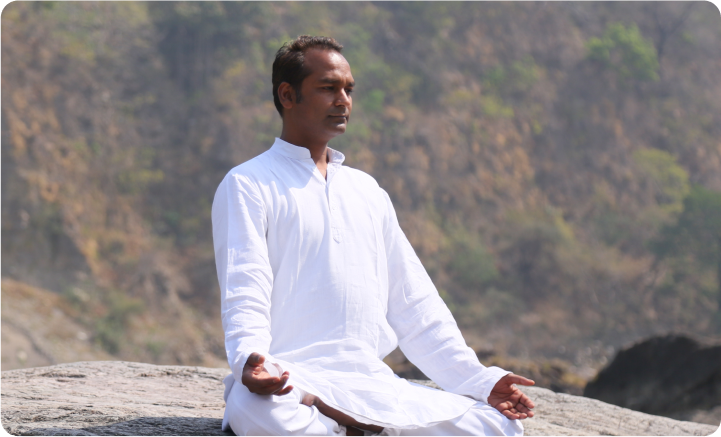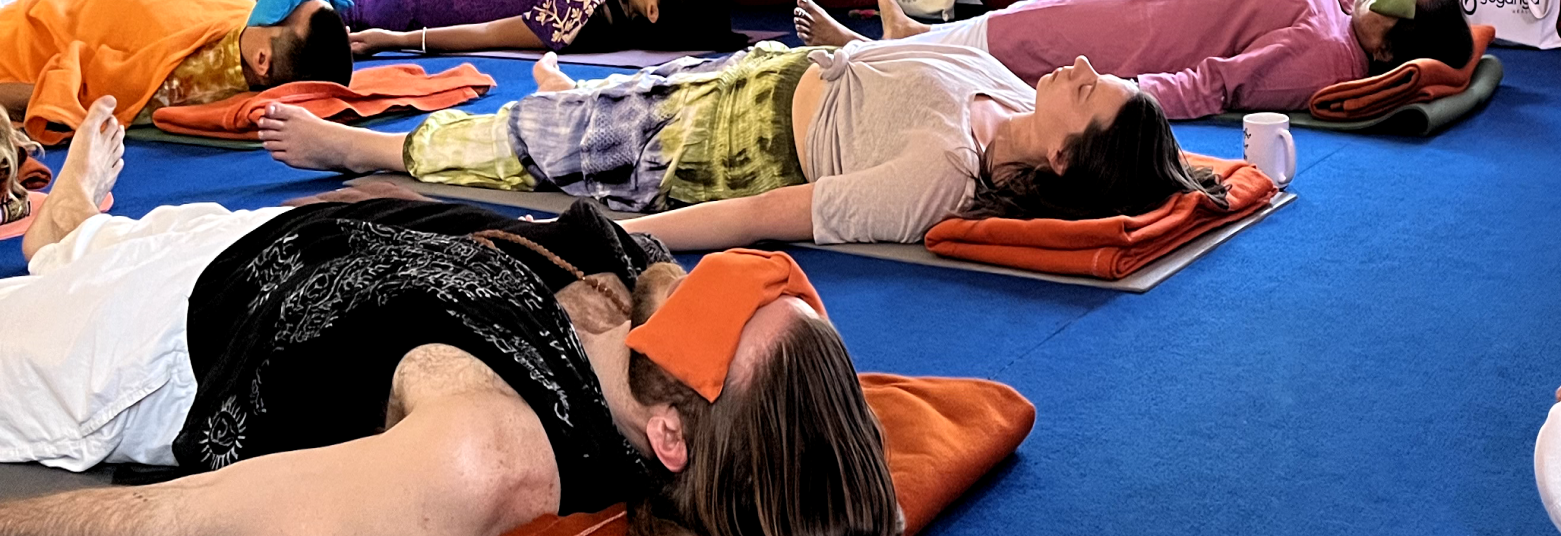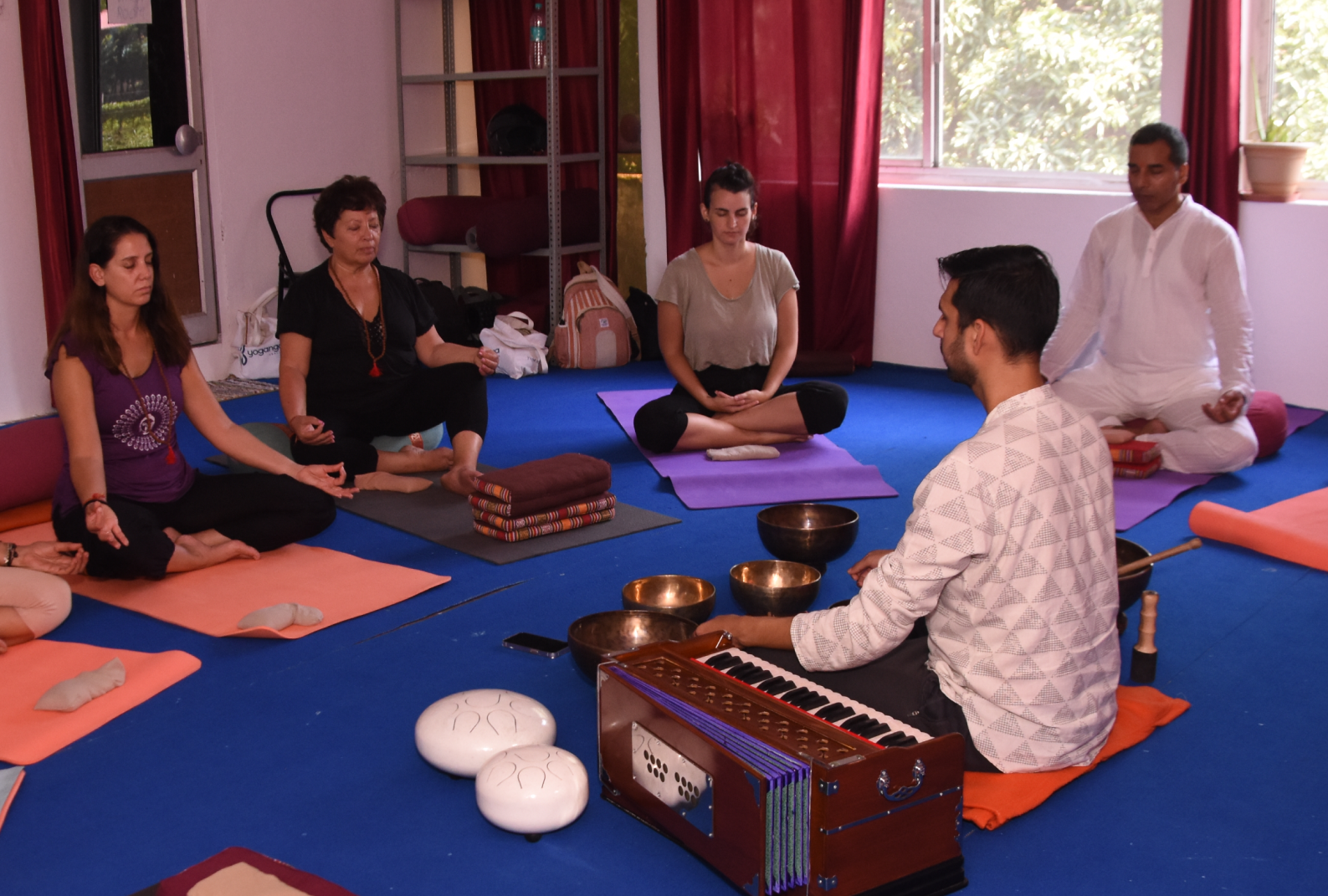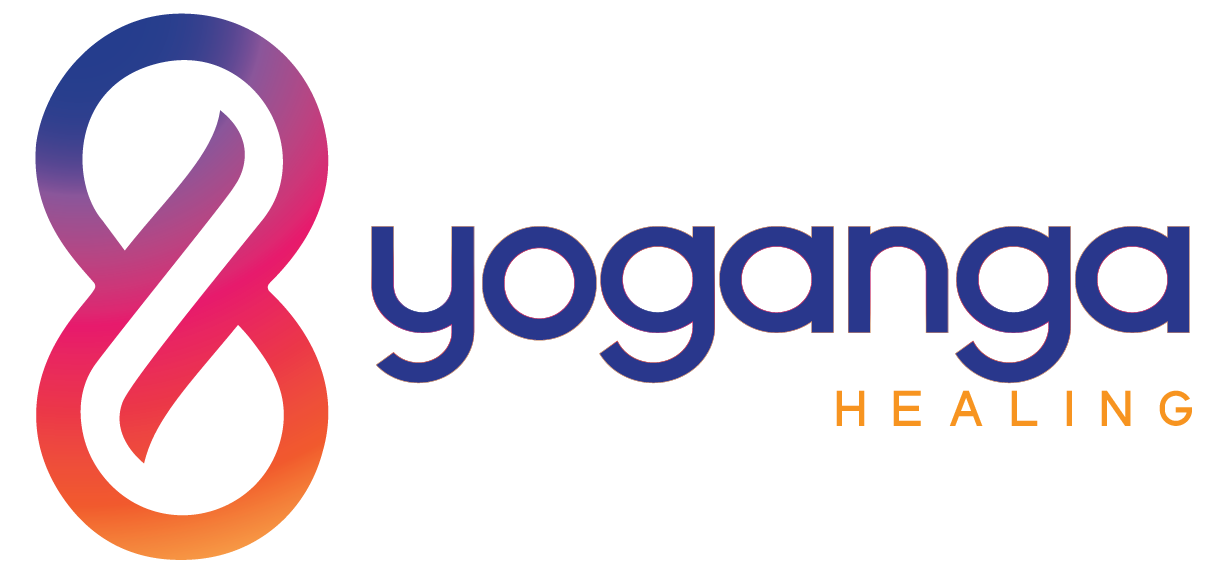Healing Anxiety Through Yoga
August 22, 2025
Anxiety has become a quiet companion for many of us in today’s fast-paced world. Anxiety is not just a thought in the mind—it echoes through the entire body. A racing heartbeat, trembling hands, shallow breath, and tense muscles are signs that our system is overwhelmed by the speed of thoughts. In extreme cases, this restlessness can even lead to panic, when the body simply says: “I can’t handle it anymore.”
But yoga reminds us: Anxiety dissolves when we come back to the simplicity of the present.
Understanding Anxiety Through Yoga
In Sanskrit, the word Chitta Vritti refers to the fluctuations of the mind. Anxiety is one such restless fluctuation, when the mind rushes ahead into imagined futures. Yet, when we anchor ourselves in the body, we step back into the now—and in the reality of this moment, anxiety cannot survive.
The body offers clear signals— sweating, tightness in the chest, shallow breathing. Yoga teaches us that by soothing these bodily sensations, we gently calm the restless mind.
This is why even the simplest practices—breath awareness, chanting Om, or gentle asana—become powerful tools. They do not erase challenges from life, but they give us the strength to meet them with balance.
The Yogic Approach to Anxiety
When we practice yoga regularly, it’s more than just physical exercise. Each time we return to our breath, move in a steady rhythm, or feel grounded through our body, we are actually training the nervous system to recognize calm and stability.
Over time, this builds resilience. So when anxious thoughts come, we already have an anchor—our body remembers the experience of calm, and we can return to it more easily.
A simple
mudra, a touch at the navel, a chant, or conscious breathing can act as this anchor. These practices remind us that the body is always here, in the present, and by returning to it, the mind too begins to settle.
Simple Practices to Return to the Present
- Grounding Through the Feet:
Stand tall with awareness in your soles. Feel the weight evenly spread between front, back, left, and right. This awakens stability.
Benefit: Brings instant grounding and steadiness, calming racing thoughts. - Ardha Kati Chakrasana (Side Bending Pose): Slowly raise one arm, stretch upward, and bend gently to the side, remaining aware of every sensation. Move as if time has slowed down.
Benefit: Relieves tension in the waist and spine while refreshing the nervous system. - Ustrasana (Camel Pose, modified):
With awareness, arch the spine, open the chest, and breathe into the heart space. If needed, support your back with your hands.
Benefit: Expands the chest, boosts energy, and uplifts emotional state. - Balasana (Child’s Pose): Rest the forehead on the earth, breathing deeply into the navel. This posture embodies surrender and releases anxious tension.
Benefit: Gently soothes the mind and promotes deep relaxation. - Parvatasana (Seated Mountain Pose): Sitting cross-legged, raise palms together overhead, embodying the steadiness of a mountain.
Benefit: Improves posture, enhances focus, and creates inner stillness. - Bhramari (Humming Breath):
Inhale gently through the nose and exhale with a soft humming sound. Let the vibration dissolve restless thoughts.
Benefit: Reduces stress, balances emotions, and calms the nervous system.
Each of these practices trains the body and mind to meet life’s storms with steadiness.
The Power of Sound and Vibration
Chanting Om or humming in Bhramari pranayama creates subtle vibrations that travel through every cell of the body. This vibrational medicine calms the fluctuations of the mind (manas), fills the heart with peace, and grounds the nervous system. Sound has the ability to touch places within us where words cannot reach. With each hum, restlessness begins to fade, and the heart feels lighter. Many practitioners describe it as if the vibration spreads through the body, washing away restlessness and leaving quiet contentment. Over time, this simple practice becomes a doorway to inner silence, where anxiety no longer holds power. It reminds us that peace is not something outside to be achieved, but a natural rhythm already within us, waiting to be awakened.
A Prayer for Peace known as the
Shanti Mantra:
This prayer reflects the heart of yoga—not only self-healing, but the wish for collective harmony and well-being. It reminds us that inner peace naturally flows outward, touching others and the world around us.
Conclusion
Anxiety may seem complicated, but the yogic response is simple:
return to the body, return to the breath, return to the now.
Through consistent practice—whether by standing firmly on the feet, placing a hand on the belly, chanting
Om, or resting in
Balasana—we build the capacity to remain anchored, even when the mind races.
As we often say in our circles: “The reality of this moment is simple, peaceful, and alive. In the now, there is no anxiety.”
1. Can yoga really help with anxiety?
Yes. Yoga calms the nervous system, balances breath, and reduces physical symptoms of anxiety like palpitations and shallow breathing.
2. Which yoga poses are best for anxiety relief?
Gentle grounding poses like Balasana (Child’s Pose), Parvatasana (Seated Mountain Pose), and Ardha Kati Chakrasana help bring calm and balance.
3. How often should I practice yoga to reduce anxiety?
Even 10–15 minutes daily of breath awareness, meditation, or gentle asanas can bring noticeable relief over time.
4. Can chanting help with anxiety?
Yes. Vibrations from chanting Om or humming in Bhramari pranayama soothe the nervous system and create a deep sense of inner peace.
5. Is yoga a replacement for therapy or medication?
Yoga is a complementary practice. It supports mental well-being but should not replace professional medical guidance if required.
New Paragraph
Discover More Articles




Ready to Begin Your Healing Journey?
Discover Peace—Spaces Fill Quickly, So Reserve Today



